“I don’t know what the reality is - it’s probably nowhere near as exciting as what we’ve created,” laughs Benjamin Caron, executive producer on the fourth season of The Crown, and director of two of the episodes. “That’s when I love The Crown: when we push it slightly. It feels simple but we’re pushing the boundaries of drama and creating a spectacle.”
This is the mission statement behind the creation of the splashiest season yet, which features Charles and Diana’s wedding, and the tense relationship between The Queen and Margaret Thatcher.
Alongside dollops of dramatic license, the show’s depiction of the royals is strengthened by research gained “anecdotally”, says Benjamin.
One scene that epitomises the show’s creative approach is in the third episode, titled Fairytale, in which Diana greets the royals at Buckingham Palace.
“It’s awkward, it’s painful, I had my hands over my mouth biting my fingers with agony when I was filming that scene,” says Benjamin. “It’s cold, hurtful, lonely, all that pain – I think that’s where The Crown is at its best.
“I knew when I read that scene how I wanted to photograph it,” he explains. “Everyone talks about Diana being a sacrificial lamb, it just felt like that she was under this big spotlight in amongst the family, and the awkwardness around that. The movement of the camera represented her spinning out of control.”
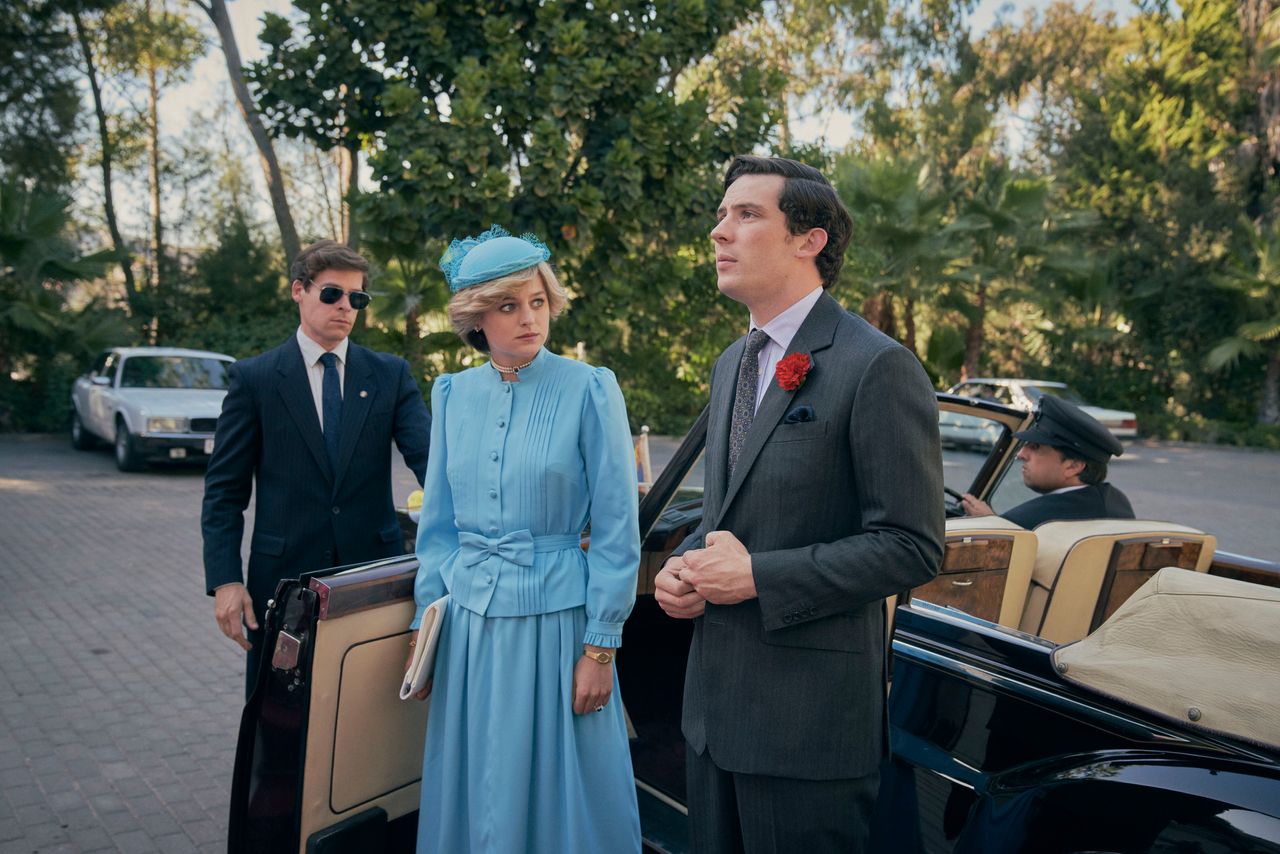
He says of the royal family’s treatment of Diana in the scene: “I genuinely think it’s part of how they get their kicks a little bit: pulling the rug from under people. If you’re going to be part of this family, this is what you’re going to have to get used to. They like to play with people a bit. They see that as friendly banter.
“You’ve got to appreciate where they’re coming from or the whole scene doesn’t feel truthful... People don’t like tall poppies, so anyone that pokes their head up too high, they’ll get pulled down. Certainly in aristo circles I’ve seen that. It’s a bit of roughing up - it’s still really mean, but it’s sort of done with love.”
Episodes are lavished with plenty more striking Diana scenes. Another features the princess, played by relative newcomer Emma Corrin, being introduced to Charles for the first time while wearing a disguise. The look and style of the scene was inspired by Puck from Shakespeare’s A Midsummer Night’s Dream.
“That scene originally wasn’t as magical,” says Benjamin, although it ended up “leaning slightly into the more magical, wondrous side”.
“My instant reaction to that scene was thinking about Baz Luhrmann’s Romeo and Juliet, that moment where Leonardo DiCaprio sees Claire Danes through the fish tank and they catch eyes, how enchanting that was,” he explains.
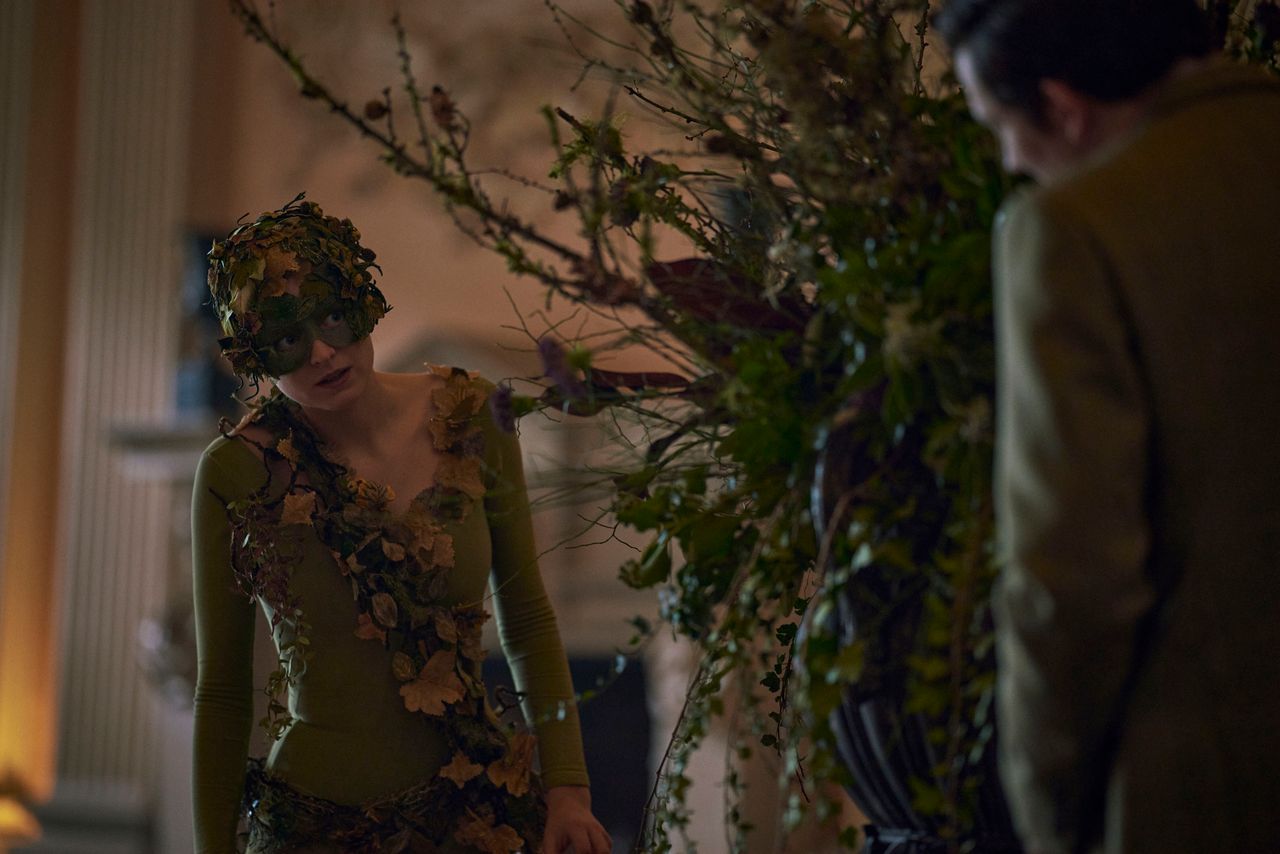
Was the reality of how Charles and Diana actually met playing on his mind? “I know that he was dating her sister, we know that she was around at that time, so they probably would have met, any more than that, I have no idea.”
Creating these fictitious scenarios, rather than re-enacting royal events from history – such as the actual wedding – has always been the enticing challenge for Benjamin, writer Peter Morgan and the wider creative team. For those that wish to watch the wedding of Charles and Diana, it’s on YouTube, reminds Benjamin.
“My approach to these events is always in emotional terms,” he explains. “It’s really easy to get drawn into the pomp and ceremony, for me it’s always about the characters, the emotions and thats what I believe our audience relate to.”
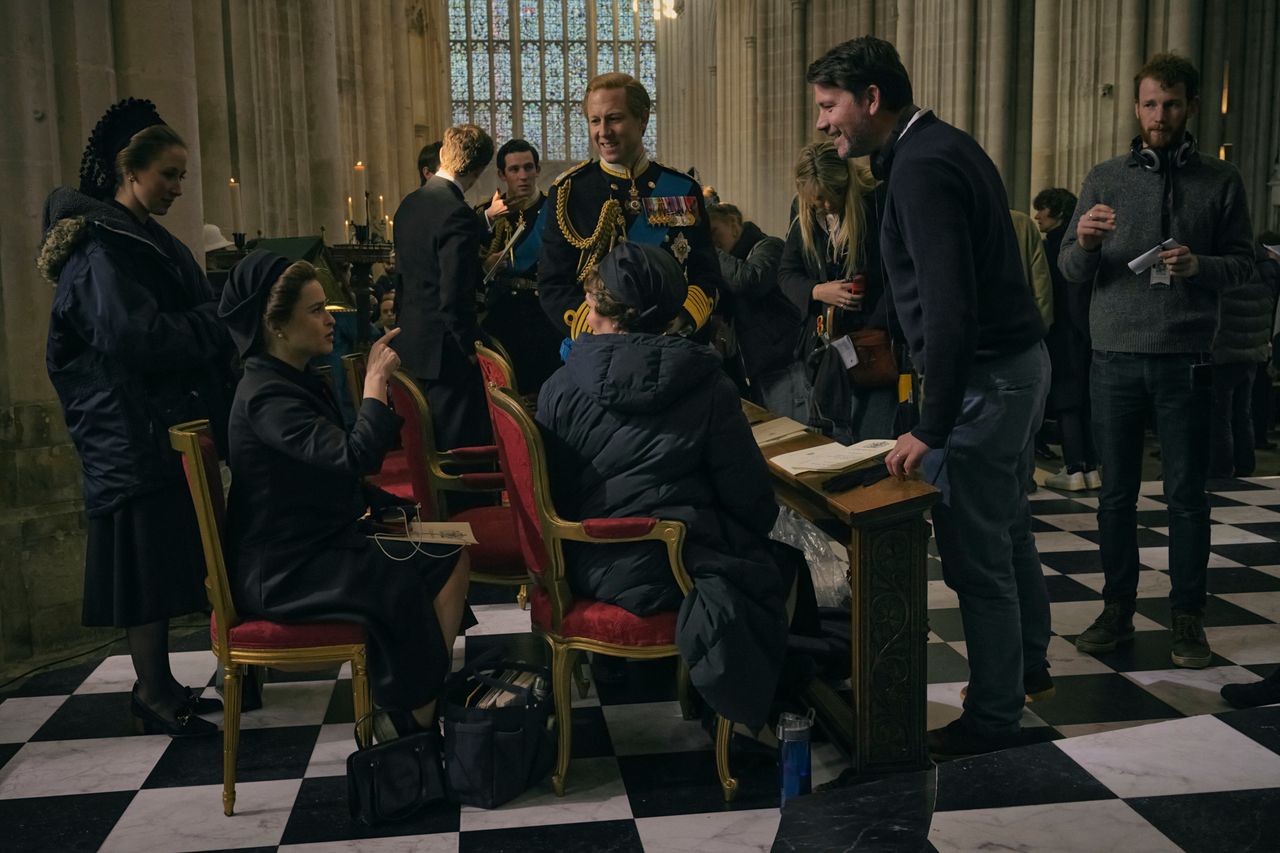
Instead of recreating the lavish 1981 marriage of Charles and Diana, which happened speedily after a rumoured 10 or 12 dates, Benjamin’s lighter touch could be felt in a montage of scenes of Diana twitching the curtain to look over a packed Mall full of well-wishers. All the while, Charles looks sullen as a courtier helps him with his outfit.
“There’s a scene in The Godfather with a very similar image where the main character looks out the window at the Statue of Liberty, and I wanted Diana to look out and feel the weight of the crown and the expectation, with the reflection of the Victoria Monument in the window,” says Benjamin.
“You have the wedding dress, we knew the wedding dress was going to be such a big symbolic moment, and for me it represented in so many ways. The size of it was almost the suffocation of Diana and the crown and what that meant: you see her standing there in a big wedding dress, repressive, suffocating...”
Another moment revealing of Diana’s struggles takes place during a lunch the princess has with Camilla. A younger Camilla appears hedonistic, while on the opposite end of the table, Diana is contemplating her bulimia as she stares down at a rich dessert.
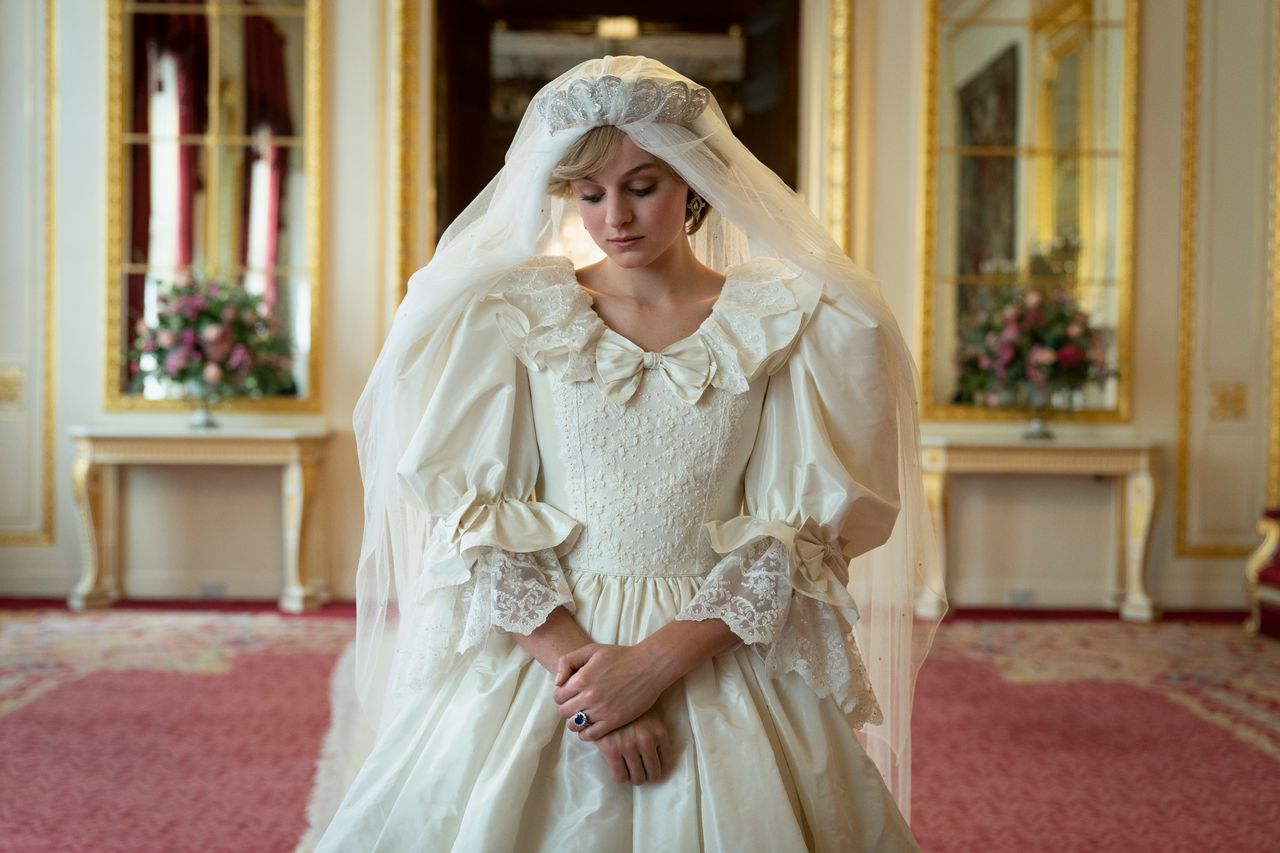
“Bulimia can sometimes be shown on screen just as the vomiting side of things, but that’s not true: there’s all the processes that happen before that moment, the feelings that drive you there, the eating, all the various stages before and after,” says Benjamin. “I hope the scene shows bulimia for what it really is: a mental illness. It’s got to be shown the right way, not glamourised.”
While it was important to portray the darker parts of her story, Benjamin believes Charles and Diana were both in love with one another, but perhaps at different times. He calls the season “a whole examination of what being in love is”.
One scene that has a much lighter feel in episode three (Benjami directed episode one, Gold Stick, and episode three, Fairytale) shows Diana alone, dancing freely around the palace. In order to capture Diana’s spirit, Emma Corrin suggested they do away with choreography altogether and just try shooting her dancing spontaneously.
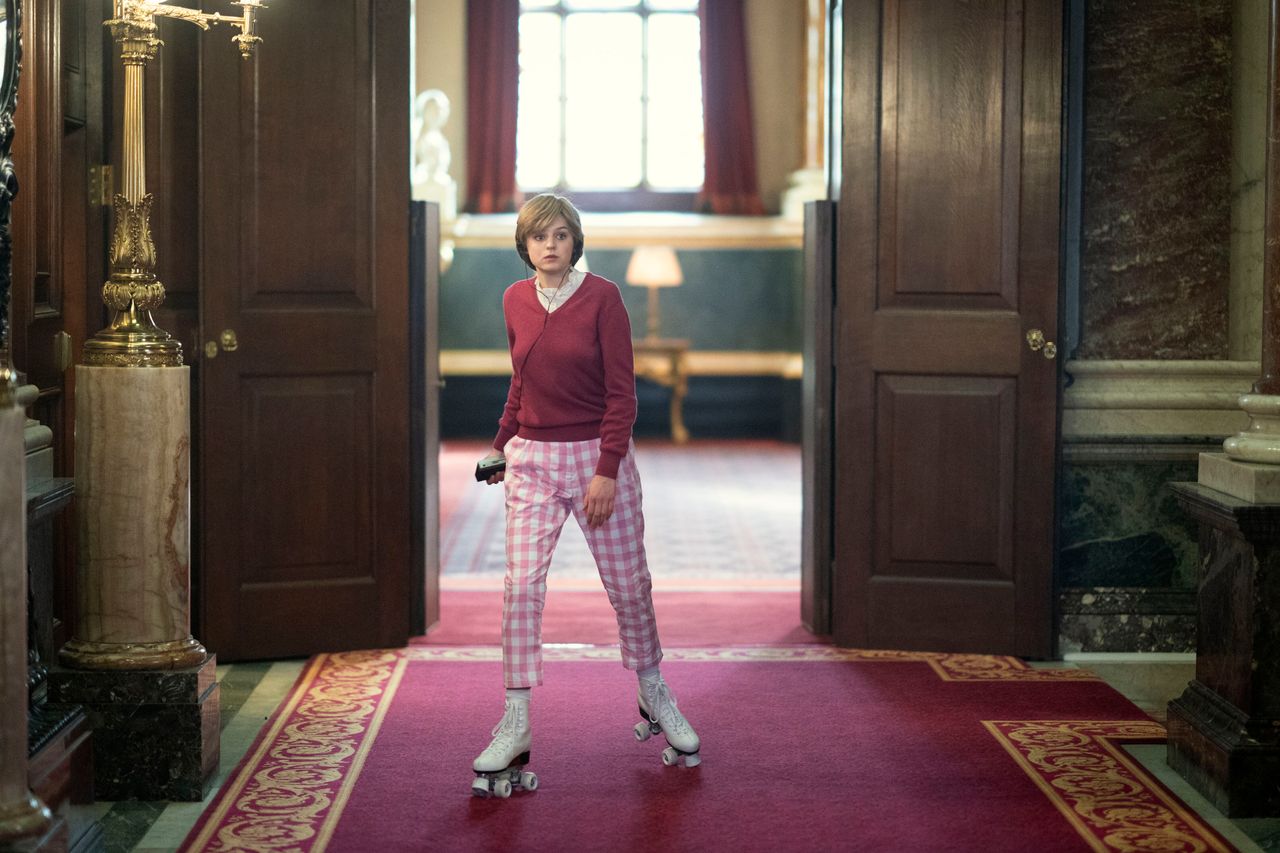
″It was me and her in a room, and literally one camera man,” recalls Benjamin. “Everyone else left and I gave her permission to just close her eyes and lose herself in the music. She ended up listening to Cher, Believe. I wanted her to just completely let go. She came to me with that. I love that impulse in her, I love the idea that she just wanted permission to let herself free and that’s what you see in that moment.”
There’s another reason for manifesting such lavish imagined realities: “All our memories are questionable, aren’t they?” poses Benjamin. “I can barely remember what happened yesterday, let alone 30 years ago.”
And another reason too, but this time more existential – are audiences driven to the royals because their lives really aren’t so different from our own? Some critics have said of the fourth season that it veers further into soap opera territory than the series has done before.
“Ultimately it’s incredibly relatable,” believes Benjamin. “It holds a mirror up to our own lives otherwise people wouldn’t be interested. It’s just the stakes are higher and they live in bigger houses.”
The Crown season four is available now on Netflix.
